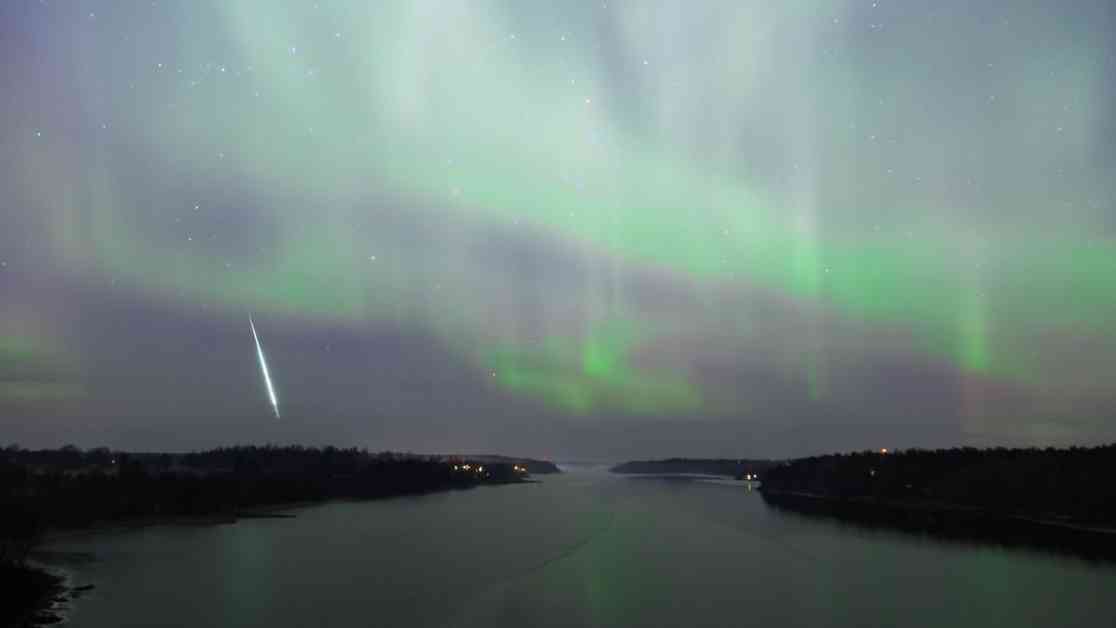The Draconid meteor shower is set to light up the night sky on October 8 and 9, offering skywatchers a chance to see shooting stars. Unlike other meteor showers that are best seen in the early morning hours, the Draconids can be spotted anytime after dark. This is because the radiant point of the Draconids is in the constellation Draco, also known as the dragon, which is always visible in the Northern Hemisphere.
While the Draconids are not expected to be the most spectacular meteor shower of the year, they are still worth watching. The shower typically produces about 10 meteors per hour at its peak, making it a great opportunity for stargazing. The best time to see Draco is in the north-northwest sky, where it forms a zigzagging serpent’s tail above the Big Dipper. This constellation is home to various deep-sky sights, such as the Cat’s Eye Nebula and the Tadpole Galaxy.
On the night of October 8, skywatchers will have a favorable viewing opportunity as a waxing crescent moon will be visible with Venus in the west. This means that there will be little moonlight to interfere with viewing the meteor shower. The Draconids occur when Earth passes through the debris left behind by Comet 21P/Giacobini-Zinner, which orbits the sun every 6.5 years.
Overall, the Draconid meteor shower may not be the most dazzling display of shooting stars, but it still offers a chance to witness a natural phenomenon in the night sky. So grab a blanket, head outside, and enjoy the show!










